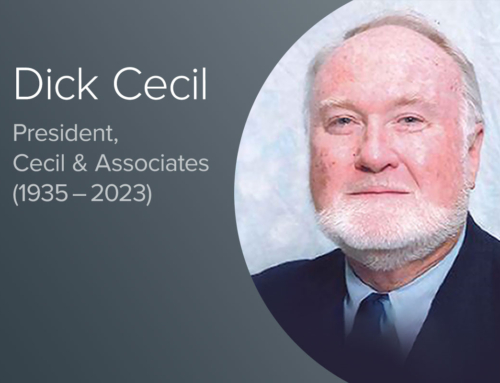It’s been quite a year. A devastating and ongoing global pandemic triggered a global recession. A Black man’s death in police custody in one American city led to protests about racial injustices in hundreds of other American cities. A presidential campaign seemed to fan flames of division at levels not seen in our lifetimes.
Following the election, Vehr Communications, as part of our Caffeinated Connections: Brand Builders Breakfast series, assembled a group of marketing and communications experts to discuss 2020’s impact on the brands they represent and how or if the quest for the “American Dream” can influence their consumers.
The discussion was facilitated by Ed Burghard, a retired P&G marketer who, for a number of years, led the State of Ohio’s economic development marketing efforts before starting Strengthening Brand America. It is designed to bridge the gap between global perception and reality through effective place branding.
Critical to the assessment of the “American Dream” is the work of a group of professors at Xavier University who have created a unique and robust statistical measure — the American Dream Composite Index — to quantify the American Dream.
We concluded that the “American Dream” is multi-dimensional. It can change over time. Owning a home with a white picket fence may be stereotypical, but only for some. Your age, race, life experience and more can influence your dream.
So, what does all this mean for today’s marketers and communicators seeking to connect with and influence audiences important to their brand? The best way to sum it up is that we all decided that 2020 is a year in which professionals communicators have had to earn their pay.
Without regard to multi-dimensional and an incalculable number of American dreams, CMOs and CCOs must know more than where its brand stands and what it stands for.
What we discussed can be summarized as these five important concepts for professional communicators:
- Now, more than ever, engage: It has never been more important for a brand to engage. Communicating in 2020 required candor, honesty and transparency to maintain a hard-earned consumer relationship.
- Brands need to be stridently honest: Meet challenges head-on. Don’t let them simmer. They will not just go away.
- Reach out: Your decision-making and your decisions will be better if you seek dissenting opinions, welcome contrary views, open yourself to criticism and engage honestly and fully.
- Do what you say: Doing what you say has never been more important. Not following through just won’t cut it. Today’s consumers expect action. In many cases, they will demand it.
- Establish boundaries: Be intentional about what is OK and what is not for your brand. Think it through in advance. Communicate boundaries so it is clear there is a red line to not be crossed.
Did we conclude whether the American Dream will survive 2020? In short, of course it will but it may change from what it was before. Understanding how what’s going on in society impacts consumer behavior and attitudes is the job of any marketer or communicator. Understanding the American Dream Composite Index can help to inform today’s professional communicator on broader societal issues.








